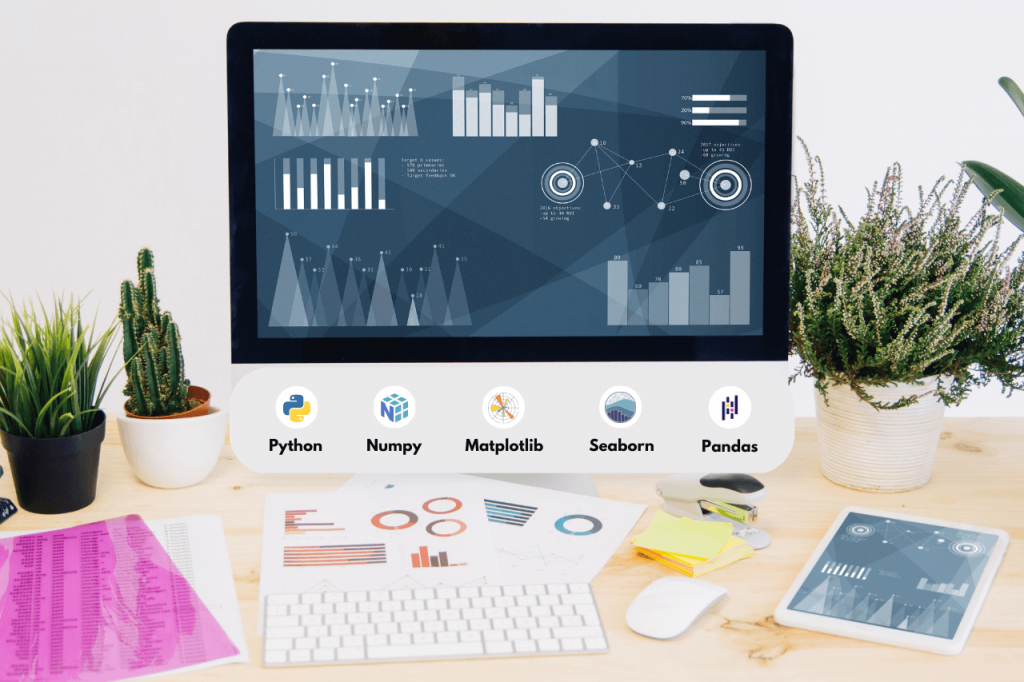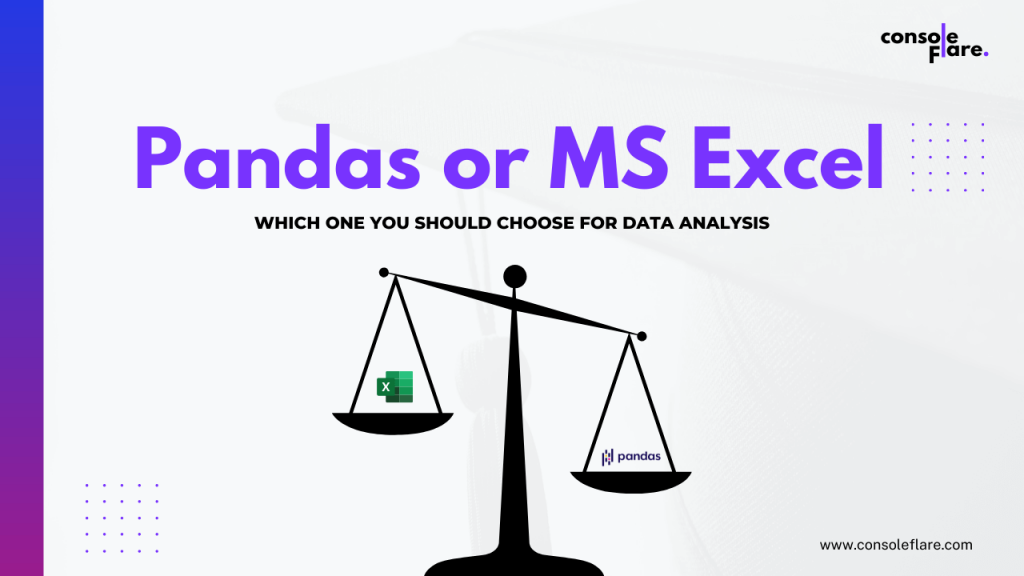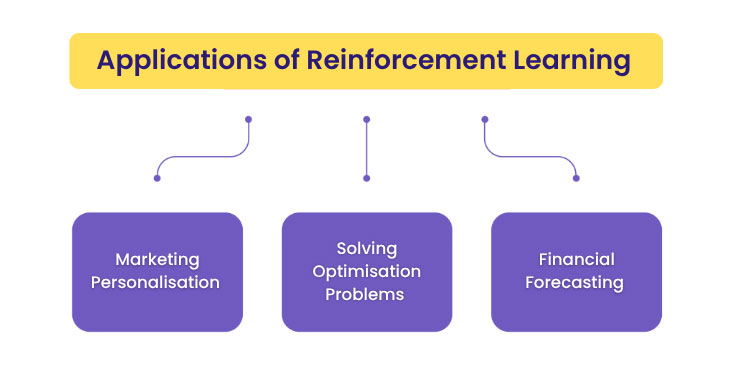Microsoft launched Python integration in Excel on August 22, 2023, Pioneering the Data Analysis Revolution of 2023 by making both of these worlds work together.
In a groundbreaking move, tech giant Microsoft has unleashed a seismic revolution in data analysis with its latest innovation: Python in Excel. This strategic amalgamation of two powerful tools, Python and Excel, is poised to redefine how data professionals crunch numbers, visualize insights and propel their careers to new heights.
In this article, we delve into the game-changing impact of this fusion, its benefits for professionals adept in Python or Excel, and its potential to reshape the landscape of data analysis and beyond.
Python in Excel: A Fusion of Excellence
Microsoft’s introduction of Python in Excel heralds a transformation that transcends traditional data analysis methods. This innovation empowers users to harness the immense capabilities of Python libraries and scripts directly within Excel, a platform synonymous with data manipulation. Excel enthusiasts can now leverage the rich ecosystem of Python tools, libraries, and frameworks to unlock advanced functionalities, enabling deeper data analysis and sophisticated visualization techniques.
Watch this video by Microsoft that shows Python in Excel combines Python’s powerful data analysis and visualization libraries with Excel’s features you know and use frequently.
Unveiling the Benefits: Python in Excel
1. A Seamless Synergy: By integrating Python into Excel, Microsoft bridges the gap between these two stalwarts, creating a seamless synergy between data manipulation, analysis, and visualization. Users can now work on data preprocessing, statistical analysis, and complex computations in Python, while effortlessly transferring results back to Excel for elegant visualization.
2. Empowering Python Enthusiasts: For Python aficionados, this integration brings newfound capabilities to their toolkit. They can now execute Python scripts directly within Excel, leveraging libraries like NumPy, Pandas, and Matplotlib, to expedite data processing and representation tasks. This creates a more dynamic and interactive environment for data professionals.
3. Excel Power Users Transitioning to Python: Conversely, for Excel power users, this integration serves as a gentle introduction to the world of Python. Rather than mastering a new programming language from scratch, they can incorporate Python step by step, utilizing its advanced functionalities where necessary, and gradually expanding their skill set.
4. Efficiency Amplified: Automation lies at the core of Python’s popularity. With this integration, Excel users can now automate complex workflows seamlessly. Tasks that once required manual intervention can be scripted in Python, boosting efficiency and minimizing errors. This is especially pertinent for data cleaning, transformation, and repetitive analysis procedures.
5. Enhanced Data Visualization: Python’s visualization libraries offer a cornucopia of creative options for representing data. By amalgamating Python’s visualization prowess with Excel’s user-friendly interface, professionals can create captivating charts, graphs, and dashboards that communicate insights more effectively.
6. The Leap from VBA to Python: While Excel’s native VBA (Visual Basic for Applications) is a powerful tool, it pales in comparison to Python’s expansive ecosystem. Professionals proficient in VBA can now explore Python as a superior alternative for handling complex data scenarios and catering to the demands of modern data analysis.
A Glimpse into the Future: Python in Excel Scenarios
Let’s paint a vivid picture of how this integration can revolutionize data analysis through a few real-world scenarios:
Scenario 1: Financial Analysis
Consider a financial analyst working on a vast dataset of stock prices. With Python in Excel, they can employ Pandas to swiftly clean and structure the data. Using advanced statistical libraries, they can run intricate calculations to derive meaningful insights. Finally, with Python’s visualization libraries, creating interactive dashboards showcasing trends, correlations, and forecasts becomes a breeze.
Scenario 2: Marketing Campaign Optimization
In the realm of marketing, Python’s machine-learning libraries come to the fore. A marketing professional can utilize these libraries within Excel to analyze customer behavior, segment audiences, and predict campaign success. Python’s capabilities empower them to build predictive models that optimize marketing strategies, leading to higher ROI.
References from Top Sources
Microsoft’s official documentation on Python integration in Excel 365 (source: Microsoft’s official website).
A New Era of Data Analysis Beckons With The Launch of Python in Excel
As the curtain rises on the era of Python in Excel, data professionals find themselves at a crossroads of unprecedented potential. Whether you’re a seasoned Python coder or an Excel expert, this integration promises to expand your horizons, elevate your skill set, and equip you for the demands of contemporary data analysis. With the power to seamlessly blend Python’s computational might and Excel’s user-friendly interface, the revolution of 2023 is set to redefine the way we dissect, interpret, and derive value from data. Embrace this fusion, embark on a learning journey, and ride the wave of this transformative tide toward a data-driven future.
If you’re willing to pursue your career in data analytics and want to learn Python in Excel, you can opt for the Python For Data Analytics Certification Course by ConsoleFlare and start your journey as a data analyst.
Hope you liked reading the article, Microsoft Launches Python in Excel: Revolution of 2023. Please share your thoughts in the comments section below.









